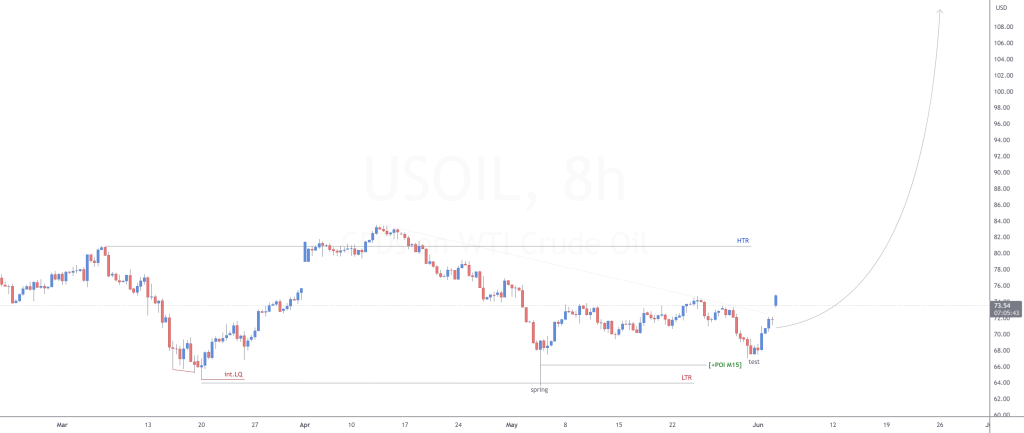
OPEC Plus, a group of major oil-producing countries including Russia, reached an agreement to address the recent decline in oil prices. The deal involves an additional cut in production of one million barrels per day by Saudi Arabia, which could be extended beyond one month. The agreement also adjusts output quotas for several countries, with the United Arab Emirates gaining production levels. However, there is skepticism about Russia’s adherence to lower production levels, as some data does not add up. The key aspect of the agreement is Saudi Arabia’s additional production cut, bringing its daily output to around nine million barrels. The meeting aimed to resolve longstanding discrepancies in production decisions and address issues faced by certain countries in meeting their targets. The United Arab Emirates emerged as a winner with an increased quota starting in 2024. The agreement seeks to stabilize the oil market, but its impact may be influenced by broader economic factors. Saudi Arabia’s decision comes ahead of U.S. Secretary of State Antony Blinken’s visit to the country. The country has become more aggressive in its oil policies under the leadership of Crown Prince Mohammed bin Salman, who seeks high oil revenues to fund development plans. The Saudis prefer to make production cuts to maintain price stability rather than allowing markets to dictate prices. While OPEC does not disclose price targets, the Saudis are uncomfortable with Brent crude prices below $80 per barrel. As OPEC Plus accounts for over 40% of global oil supplies, their decisions can significantly influence markets.


